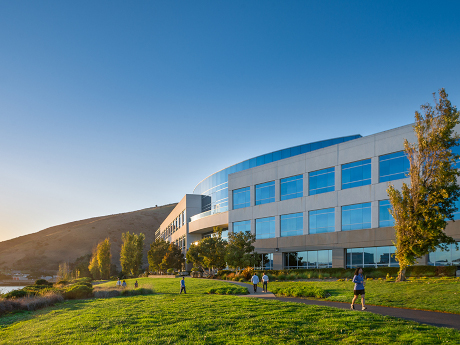— By Alex Browne, life sciences research director, Transwestern Real Estate Service —
The San Francisco Bay Area life sciences market has been resilient in the face of the economic headwinds of the past 18 months. Despite the mix of issues besetting other commercial real estate asset classes, life sciences assets have fared well, with quality science continuing to thrive.
Any shifts within the life sciences sector have been among the landlords and tenants, as the change in deal influence has varied over the past 12 months. Starting in 2017, the bulk of the deal leverage was on the landlord’s side. This, in turn, sparked an appetite for new development looking to meet the increased demand. It wasn’t until 2022 that the tide began to turn, with tenants gaining more leverage in negotiating renewals or electing to search for more favorable, high-quality space. Even though the market’s activity tends to be overshadowed by industry headlines, deals are being done, and space is being delivered and absorbed — albeit at a slower pace.
The Bay Area continues to be the second-largest life sciences hub in the nation, with healthy industry drivers that continue to fuel innovation. The region is home to some of the nation’s finest educational institutions, and their publicly funded research arms are often overlooked. The area remains the epicenter for venture capital funding, and has an established collaborative environment for startup innovation. The Bay Area also boasts a wide variety of different-stage companies, from startups to established companies to multi-national corporations, all representing a large makeup of specialties. The diversity of sciences within the local ecosystem allows the region to be attractive to many stakeholders.
The fourth quarter of 2023 could be seen as a turning point: net absorption experienced a noteworthy positive bounce of 114,000 square feet over the previous quarter’s negative 334,000 square feet. Preleasing of the 4.6-million-square-foot construction pipeline is inline with the national average, totaling 50 percent. Asking rates over the past 18 months have softened but have begun to stabilize, ending 2023 at $73.61 per square foot.
One of the most important aspects of the sector’s ongoing success is that quality science is being funded. Speculative bets on early stage advancements have seen a wane in private funding, yet an uptick in the past quarter could signal a regaining momentum. Governmental funding also continues at historically high levels, with no evidence of that flow decreasing anytime soon.
This year’s predictions
The Bay Area’s life sciences outlook remains positive, supported by several factors for both tenants and landlords.
For companies, venture funding that’s sat on the sidelines is poised to be deployed in 2024, with an appetite for risk weighed back into the portfolio. Newer companies are expected to be sprouting up around university-funded incubator space, which has experienced ultra-low vacancy rates for the past few years. On the other end of the spectrum, previously funded late-stage companies nearing the end of trials are potentially planning future capacity desires. The trend toward onshoring continues to be a dominant factor for companies of all sizes. The NIH funding into the sector remains at historically high levels, even in a post-pandemic era. The innovation and discoveries made during the COVID research boom are yet to be fully realized.
The real estate market within the life sciences sector has been remarkably steady given the challenges. Those challenges seem to be well identified, as oversupply remains a top concern. There are several factors that may help alleviate the construction pipeline’s impact on the market. The shift toward flexible graduation space is being seen as a safe alternative to single-user buildings. The momentum within the public markets should yield a greater number of initial public offerings (IPOs) in 2024, giving the venture funding community reassurance. The election will also help set the tone for the next four years, quelling uncertainty and speculation on the future impacts on the industry.
Where opportunities lie
Beyond the cyclical advantages or disadvantages that real estate brings throughout the years, the opportunities are out there.
There are a lot of prospects within the Bay Area life sciences current market, and more if you can pivot to meet future demand. Multi-tenant buildings with plug-and-play ready suites and ample common amenities are positioned to recover fast. However, landlords and investors looking to capitalize should understand that the single-tenant market hasn’t begun to recover as robustly. A great success has been Longfellow Real Estate Partners’ campus at Redwood LIFE in Redwood City. Longfellow had put a lot of thought into future users and the benefit of getting tenants settled. Considerations like these can carry tangible value for those smaller tenants.


